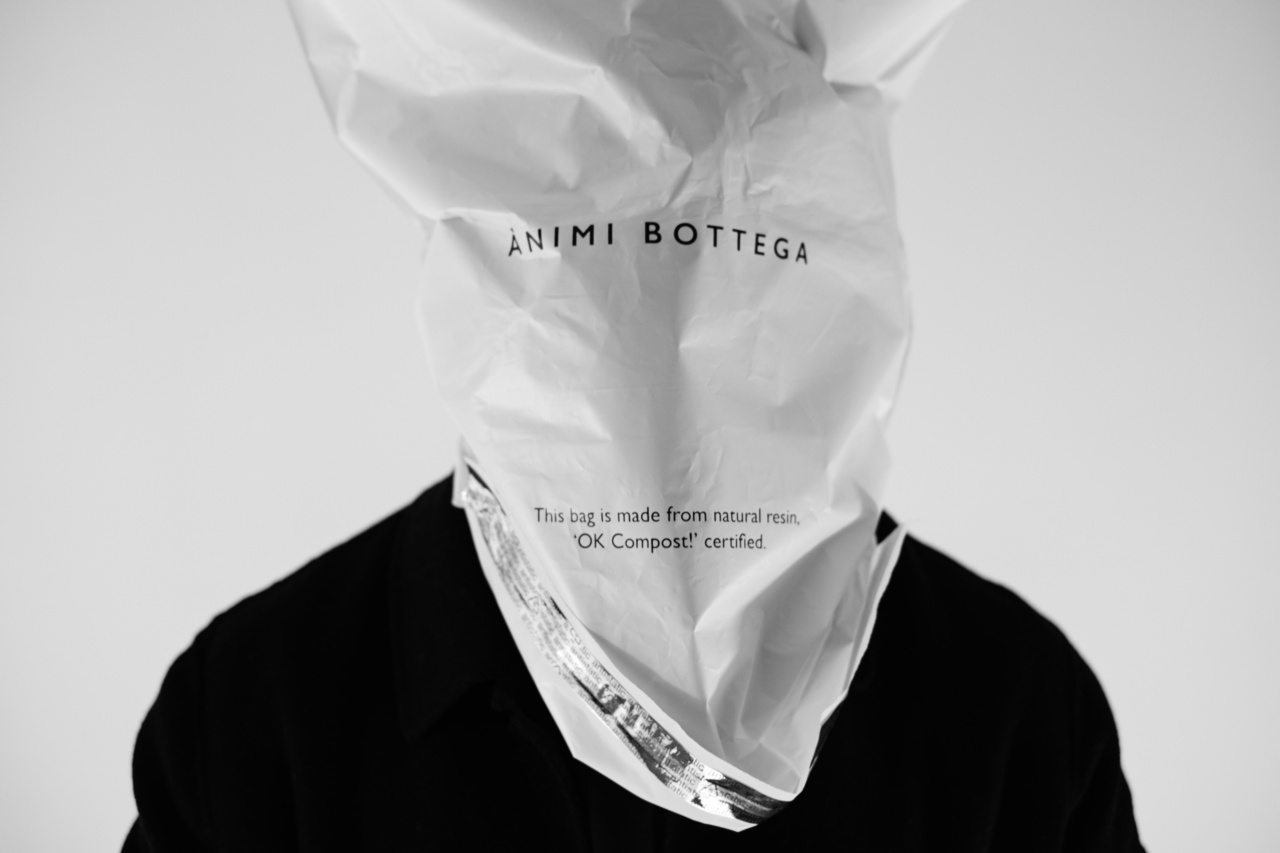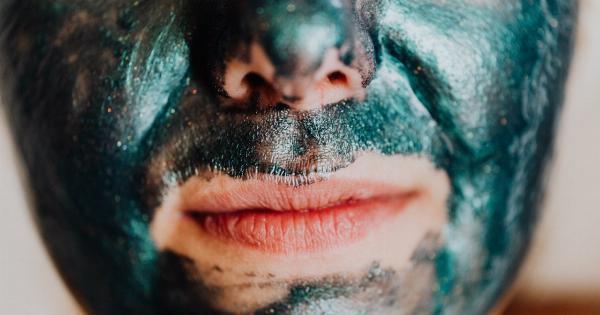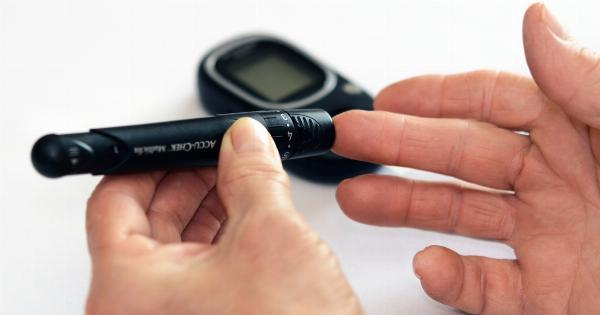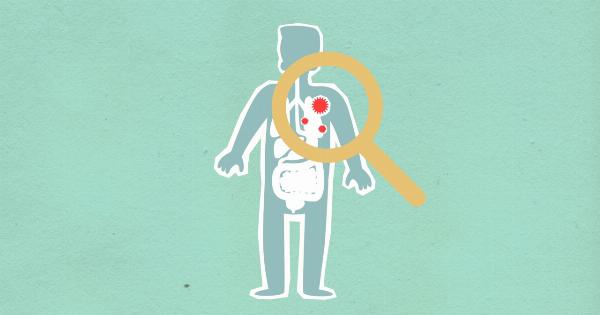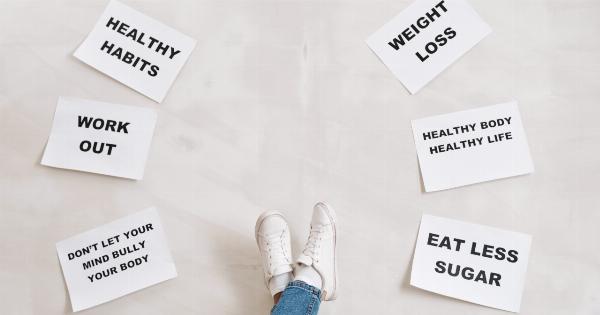As we age, wrinkles become an inevitable part of life. However, there are certain factors that can expedite the formation of wrinkles on our skin. In this article, we will be exploring the hidden reasons behind wrinkles.
Sun Exposure
Sun exposure is one of the primary factors that contribute to premature wrinkles. Overexposure to the sun can damage the collagen fibers in our skin which are responsible for keeping our skin plump and elastic.
This damage can ultimately lead to the formation of wrinkles and fine lines on our skin. Therefore, it is important to wear sunscreen when out in the sun and avoid spending an excessive amount of time outdoors during peak hours.
Poor Diet
Your diet plays a significant role in the overall health of your skin. Consuming too much sugar and unhealthy fats can damage the collagen fibers in your skin and leave it vulnerable to wrinkles.
Additionally, deficiencies in certain vitamins and minerals, like vitamin C and zinc, can contribute to premature aging of the skin. Try to consume a balanced diet that includes plenty of fruit and vegetables as well as omega-3 fatty acids found in fish and nuts.
Smoking
Smoking is not only harmful to your overall health but also to the health of your skin.
When you smoke, the nicotine in cigarettes constricts the blood vessels in your skin, reducing the amount of oxygen and nutrients that are delivered to your skin cells. This can lead to premature wrinkles and a dull complexion. If you are a smoker, quitting smoking is one of the best things you can do for your skin and overall health.
Stress
Stress can take a toll on both your physical and mental health, including the health of your skin. When you are stressed, your body releases cortisol, a hormone that can break down collagen fibers in your skin causing wrinkles.
Additionally, stress can cause you to make certain facial expressions that can contribute to the formation of wrinkles. Try to find ways to manage your stress, such as through exercise, meditation, or therapy.
Lack of Sleep
Sleep plays an important role in the growth and repair of our skin cells. When we don’t get enough sleep, our bodies release cortisol which can break down collagen fibers in our skin and lead to wrinkles.
Additionally, lack of sleep can cause our skin to appear tired and dull, making wrinkles more noticeable. Try to get at least 7-8 hours of sleep per night to promote healthy skin.
Over-Washing Your Face
While it’s important to keep your skin clean, over-washing your face can damage the natural oils that keep your skin hydrated. When your skin is dehydrated, it becomes more susceptible to wrinkles and fine lines.
Instead, aim to wash your face twice a day with a gentle cleanser and moisturize regularly to keep your skin hydrated and plump.
Repetitive Facial Expressions
Repetitive facial expressions, like frowning or squinting, can cause wrinkles to form in certain areas of your face over time. These wrinkles are known as expression lines and are most noticeable around the eyes and mouth.
To prevent or minimize the appearance of expression lines, try to be mindful of your facial expressions and avoid making the same expression repeatedly.
Genetics
Unfortunately, genetics play a role in the formation of wrinkles. If your parents or grandparents have a tendency to develop wrinkles at a younger age, it’s likely that you may experience the same.
While you can’t change your genetics, you can still take steps to minimize the appearance of wrinkles through a healthy lifestyle and skincare routine.
Environmental Factors
Environmental factors like pollution and harsh weather conditions, such as extreme temperatures or wind, can damage your skin’s natural barrier. This damage can lead to dehydration, premature aging, and an increase in the appearance of wrinkles.
To protect your skin from these environmental stressors, try to limit your exposure to pollution, wear protective clothing when outdoors, and moisturize regularly to keep your skin hydrated.
Conclusion
While wrinkles may be an inevitable part of the aging process, there are steps you can take to promote healthy skin and minimize the appearance of wrinkles.
By protecting your skin from sun exposure, eating a healthy diet, avoiding smoking, managing your stress, getting enough sleep, being mindful of over-washing your face, avoiding repetitive facial expressions, and protecting your skin from environmental factors, you can help keep your skin looking youthful and radiant for years to come.
